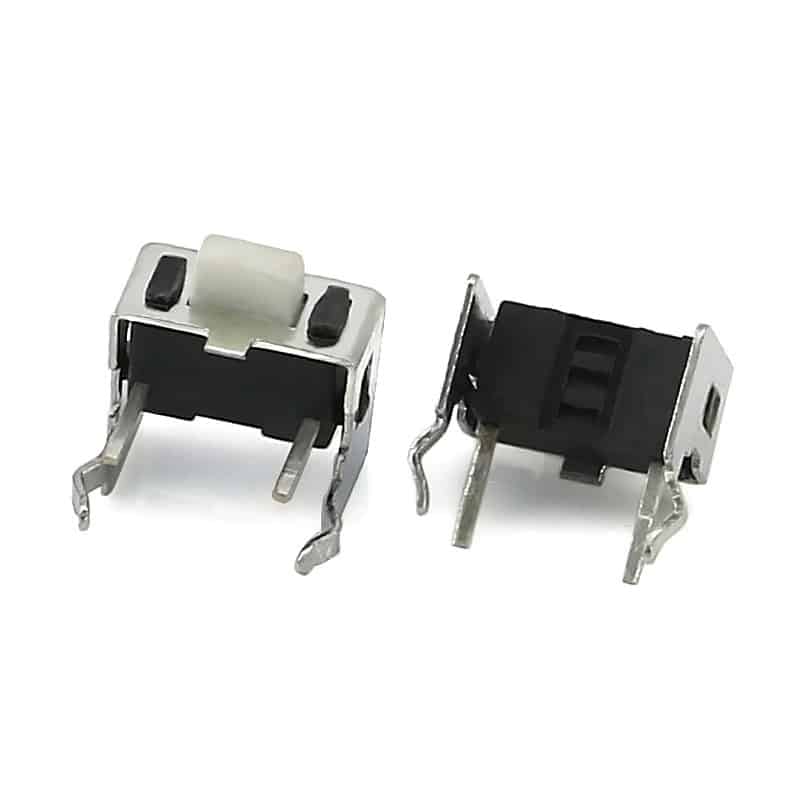Des: 6.2mm tactile switch 4 pin U type Surface mount tact switches
Part No: TS-1158U
Specification:
Rating: 50mA, DC 12V
Travel: 0.2±0.10mm
Operating force: 180gf/260gf
Operating Life: 50,000/100,000 Cycles
Packaging: Reel/Bag

Des: 6.2mm tactile switch 4 pin U type Surface mount tact switches
Part No: TS-1158U
Specification:
Rating: 50mA, DC 12V
Travel: 0.2±0.10mm
Operating force: 180gf/260gf
Operating Life: 50,000/100,000 Cycles
Packaging: Reel/Bag
In the electronics manufacturing industry, connectors are indispensable key components responsible for linking circuits and ensuring stable transmission of current or signals. FFC connectors (Flexible Flat Cable Connectors) and FPC connectors (Flexible Printed Circuit Connectors) are two common types of connectors, each with unique characteristics and application fields. Brief Introduction of FFC Connector and FPC Connector FFC connectors are commonly used to connect ribbon-like flat flexible cables (FFC) to PCB circuits in wire-to-board applications, and they can also be employed in wire-to-wire configurations. These connectors feature high density and an
In this post Enter the IP68 USB C Connector waterproof female. This small component is a true feat of engineering, marrying the high-speed data transfer and robust power delivery of the USB Type-C standard with the highest level of commercially available ingress protection. It’s the unsung hero enabling ruggedized devices to operate reliably in the harshest environments imaginable. In the relentless advance of technology, devices are becoming smaller, faster, and more powerful. Yet, this progress often runs headlong into a fundamental challenge: the physical world. Dust, water, extreme temperatures, and
A Tactile Switches is a momentary-contact electronic component that rapidly closes or opens a circuit when minimal operating force (typically 1-5N) is applied. Upon pressure release, its internal metal dome automatically resets to break the connection13. Core characteristics include: Key Structural Components: plaintextCopy CodeTerminal Pins → Electrical contacts Base → Structural support Metal Dome → Conductive element (copper/silver alloy) Button → Transmits external force Cover → Dust/contaminant shield The comparison between tactile switches and push button switches, maintaining technical accuracy and structural clarity: I. Core Operational Principles II. Structural & Performance Comparison
Are you looking for a reliable electronic connector manufacturer to support your business with high-quality products at competitive pricing?